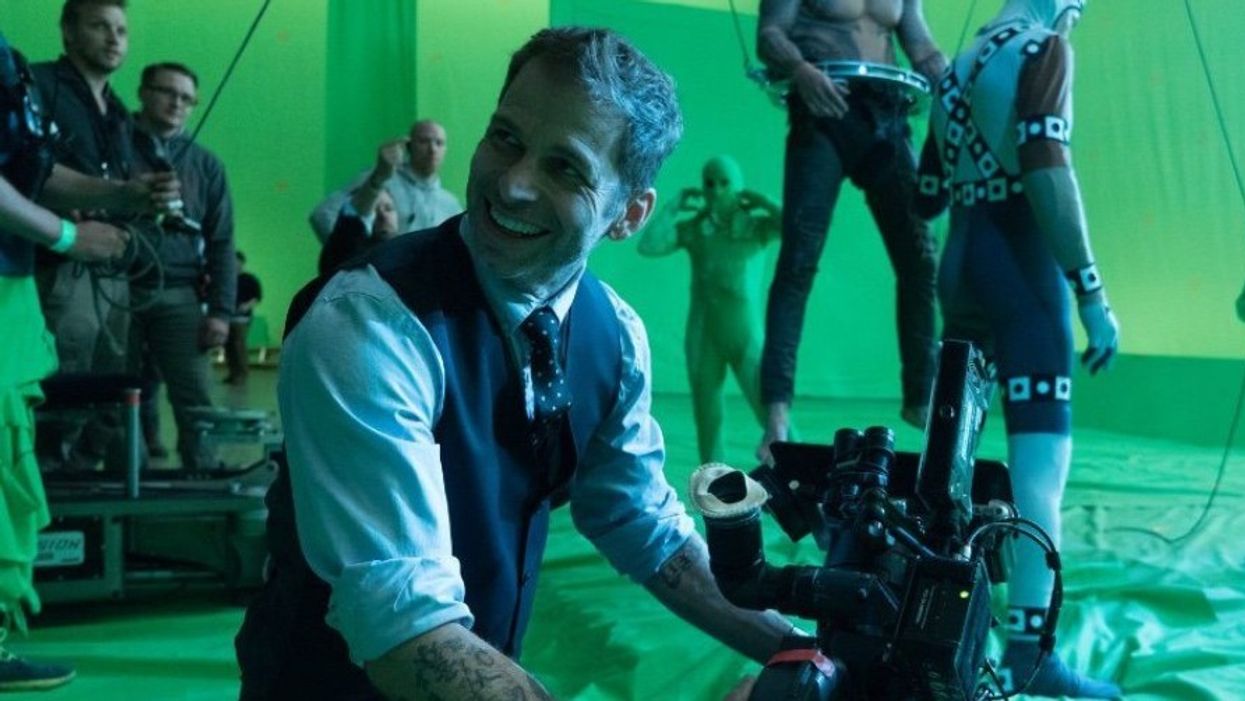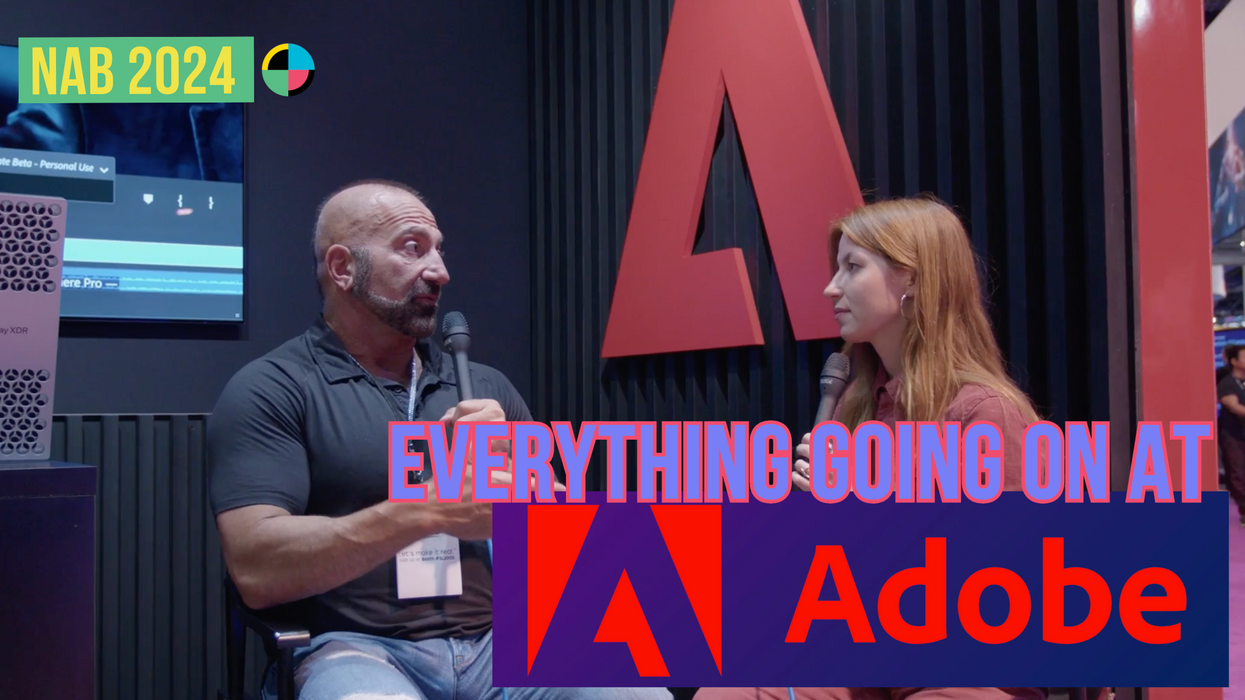8 Great Filmmaking Lessons from 'The Snyder Cut'
Zack Snyder's opus also provides a lot of useful lessons for filmmakers.

Have you been thinking about The Snyder Cut? Since it debuted, we've found that people across our forums have loved to discuss the intricacies of the film and its production. From the ethics of it existing, to the run time, aspect ratio, and the cinematography, we all have an opinion on The Snyder Cut.
One thing I didn't see anyone talking about was what the movie taught them as a filmmaker.
It's been long enough to look back on Zack Snyder's opus and discuss the lessons that we can glean from it. I actually think there a lot, but if you read these posts, you know we go with the top eight.
So let's dive in.
8 Great Filmmaking Lessons from The Snyder Cut
1. Follow Your Muse
As creatives, we often talk about this mythical idea called the "muse." It's that light of inspiration that gives us a reason behind the words we type.
Snyder has never diverted from his muse. He came to DC with very specific ideas about the stories he wanted to tell and never backed down. He stayed consistent from Man of Steel through Justice League. That kind of reliance on your gut to be your guide can go a long way in Hollywood. You have to learn to trust your instincts and stick to telling the stories you deeply care about.
2. Stick to Your Theme
The Snyderverse is about gods who walk among us. That's been the case since the original Man of Steel and it carried over Batman v Superman and into The Snyder Cut.
That consistency across movies made the world feel comfortable. It made the stories resonate. While some parts of fandom didn't agree with this direction, I always admired Snyder's desire to make his art. He knew what mattered, and he wanted to fulfill that look, even when the pressure came from above to add comedy or change the style.
Filmmaking contains a ton of compromises. You have to make them at times, but when it comes to storytelling, stick to your themes, and you'll be rewarded.

3. What Visuals Define Your Characters?
Snyder is an incredibly visual director. When he decided on the theme of gods who walk amongst us, he had to get the visuals to back it up. There was lots of slow motion, low and high angles, and even Christ-like imagery with Superman's arms spread. Snyder took extra care creating worlds and then figuring out how his characters would look within them in a way that would reflect their individual journeys.
The Flash is marginalized in life, but then literally runs into his own power. Cyborg is seen fractured, but slowly puts himself together.
What happens with the people in your movie? How do the visuals support the journey?
4. Write Long, Edit Short
One thing I think we can agree on is that a four-hour movie is way too long to release theatrically. It could have crushed the box office. Theaters could only show it a handful of times a day.
The lesson I think here is to write the four-hour version, but find a better version that's marketable. We are not all Snyder. We don't have platforms that need content and will pay us millions. Write long and edit your ideas down to the best bits. Be bold and take every shot, but be brave enough to edit it back enough to what it needs to be for the shot you are taking.
5. Understand the Fans
Know your audience. If you know what people want, you can be very successful by showing studios you have an audience willing to buy your content. For Snyder, the fans are the reason the new cut happened. Millions of people demanding that the studio make this movie are the number-one reason it was greenlit, minus HBO Max needing more subscribers.
Unfortunately, a lot of these fans were toxic and did some despicable things, but that's not a debate here. The point is, knowing the audience is a skill set. It can help in a pitch, in your writing, and in the eventual marketing of a movie.
6. Be Kind to Your Cast
One of the ugliest things to come out recently was the treatment of Ray Fisher at the hands of WB execs and Joss Whedon. When it came time for The Snyder Cut, we saw all the actors in the movie rallying around Snyder. They tweeted support and really helped amplify the fans who wanted to see the film. In fact, it was easy for Snyder to get them to come back and shoot new scenes because they liked him so much.
Be kind to your actors, and they will want to work with you and for you. Treat them well on set, and you can get the best performances from them.

7. Define Your Villain's Intentions
Perhaps the biggest upgrade in The Snyder Cut was how it treated the villains. We got much more motivation behind Darkseid's motivations with earth, the mother boxes, and for sending Steppenwolf. We also got a character redesign of Steppenwolf, who finally looked more intimidating.
Who are the villains in your movie? Do they have tangible motivations that make us identify with them or clearly see their goals?
8. Some Things Are More Important Than Movies
Snyder initially stepped away from the Justice League movie after the death of his daughter, Autumn. It was a tragic event that led to Snyder spending time with his family and sorting out his emotions on life, love, and the way the world works. This was an important time in his life and gave him the strength to come back and make his opus.
In Hollywood, it's so hard to break in and get noticed that we frequently make every waking hour part of the mission. But there's a whole world out there. A world where we can get inspired but get the love and support we need to get through hard times. There are things more important than work. Even I have to remind myself of that every day.
If you ever get too low, the National Suicide Prevention Lifeline is a United States-based suicide prevention network of over 160 crisis centers that provides 24/7 service via a toll-free hotline with the number 1-800-273-8255. It is available to anyone in suicidal crisis or emotional distress.
Let us know what you think of the lessons in the comments.
What's next? Get our free screenwriting eBook!
So much of what we're talking about on No Film School when it comes to screenwriting is summarized in our new eBook. It also helps guide you through a 10-week writing plan that will get your script actually finished.












